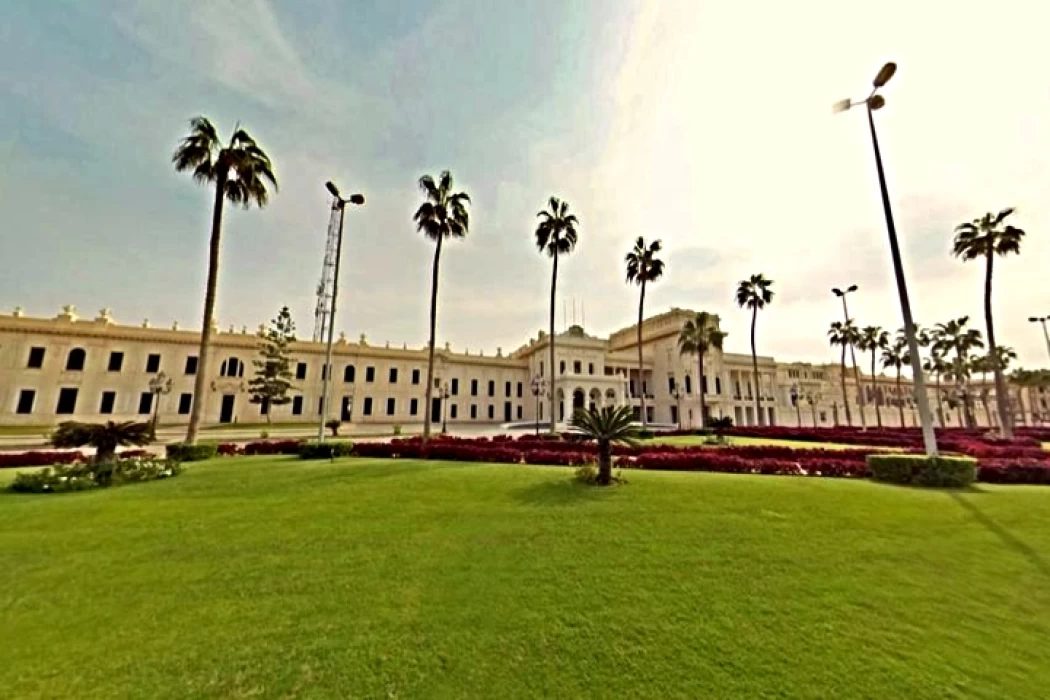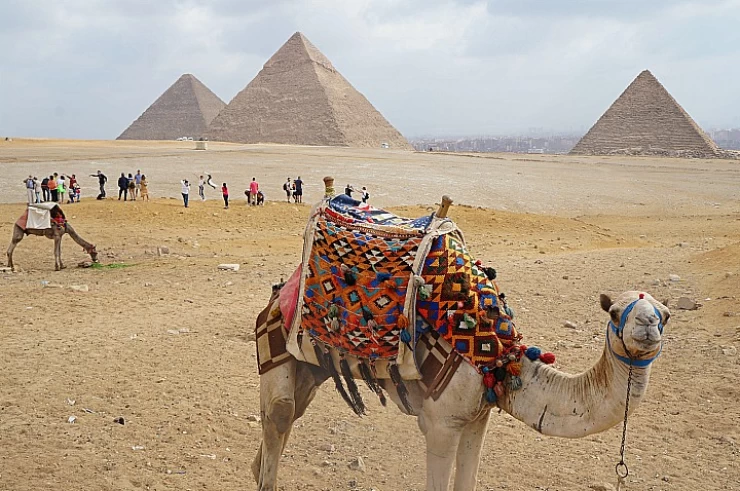
History of Ras El Tin Palace in Alexandria
History of Ras El Tin Palace in Alexandria
Ras al-Tin Palace is one of the historical and archaeological landmarks in Alexandria, and it is the only palace that witnessed and contemporary the establishment of the Muhammad Ali Pasha dynasty in Egypt, which lasted about one hundred and fifty years. This palace witnessed the transition of Egypt from one era to another and from the monarchy to the Republic.
It is the same palace that witnessed the sunset of the rule of the Alawite family from Egypt when it witnessed the deposition of the former King Farouk and his departure from it on the royal yacht Mahrousa from Ras al-Tin port on 26 July 1952.
Muhammad Ali started building Ras al-Tin Palace in 1834, to include it in his palaces, in addition to the other palaces he owned in Alexandria such as Mahmoudia Palace and Ibrahim Pasha Palace, and it was officially inaugurated in 1847. The palace was built in the European style that was common in Alexandria at the time, due to a large number of foreign communities present at that time, and was designed by the French artist ‘Serizet’, and the construction work lasted 11 years.
The telephone was first installed at Alexandria's grandest palace, Ras El Tin Palace, in 1879, near the conclusion of Khedive Ismail's rule before the British overthrew him. To make it easier for the royal family to travel from Cairo to Alexandria, Khedive Ismail constructed a railway station inside the palace, which King Fuad refurbished in 1920.
Ras El Tin Palace was renovated twice, the first during the reign of Khedive Ismail and the second during the reign of King Fouad in 1927.
The reason why it was named Ras al-Teen is that the area in which it was built was heavily planted with fig trees, which made the public it of a fig farm, so it was called Ras al-Teen Palace, and Ras al-Teen Palace remained one of the most important royal palaces, as it was a summer residence for rulers throughout the ages who moved to it every year during the summer.
The palace witnessed many of the joys and joys of the Muhammad Ali Pasha family, as it witnessed the preparation of the Ramadan tables by King Farouk for the common people, as well as the departure of the Kaaba cloth from it to Saudi Arabia by sea.
The ancient palace also witnessed the death of Muhammad Ali on 2 August 1849, and his body was transported to Cairo via the Mahmoudiya Terrace, and witnessed the exit of Khedive Ismail, Abbas Helmi, and King Farouk, and in this palace, King Farouk signed the abdication document in July 1952, ending the rule of the Muhammad Ali family.















